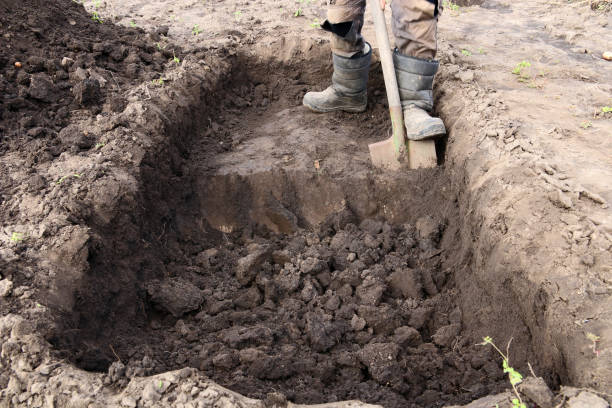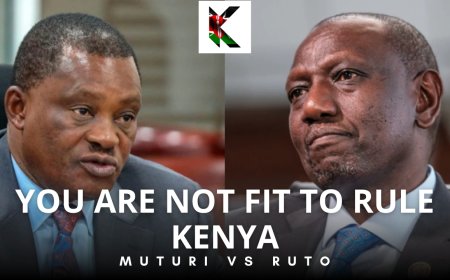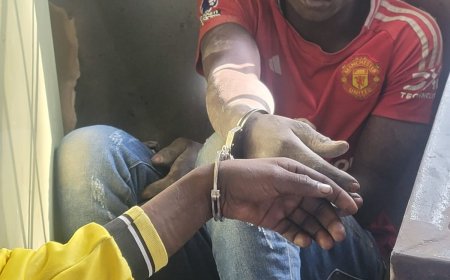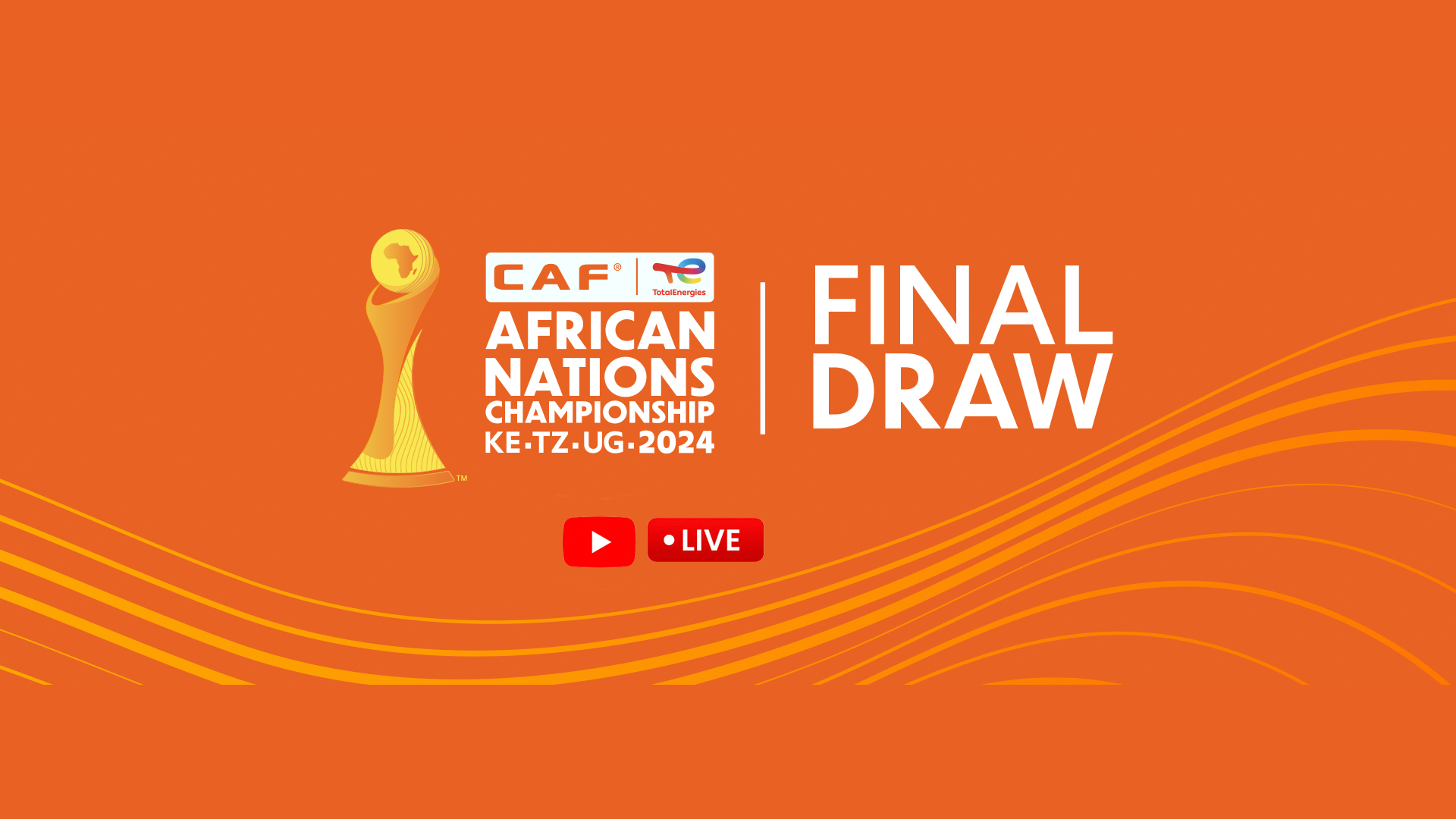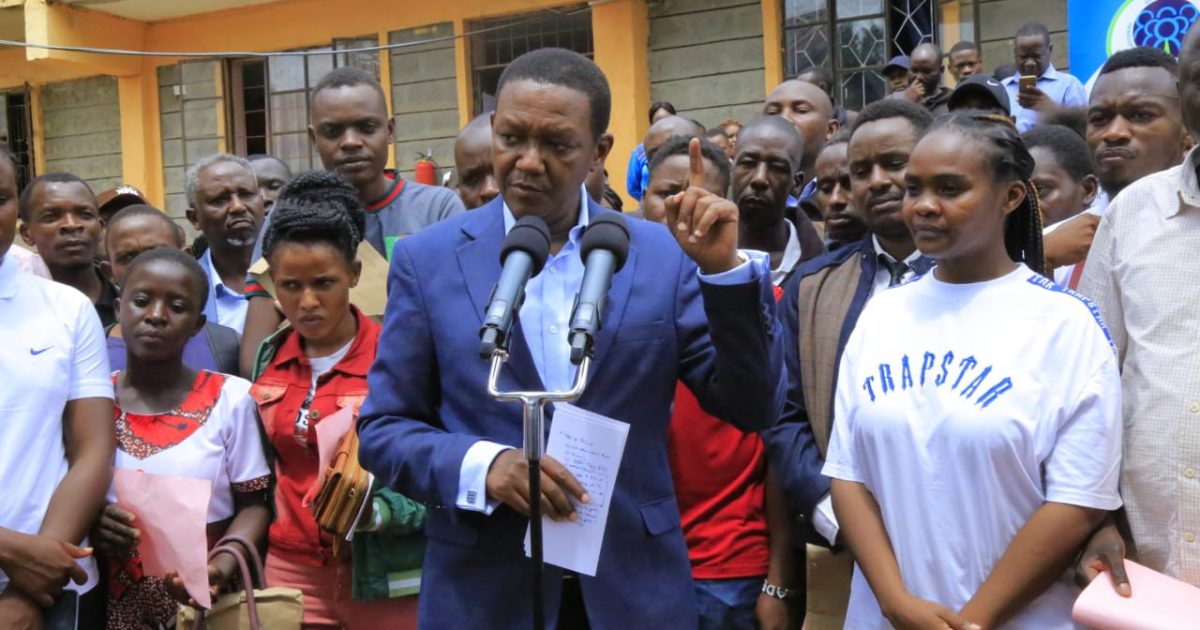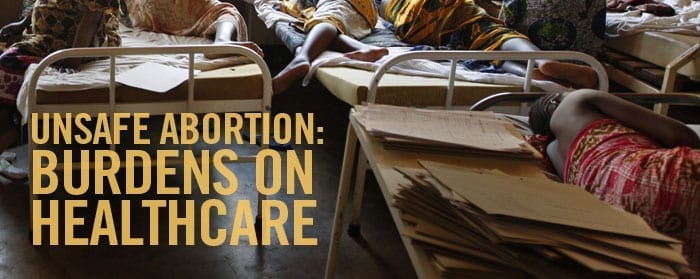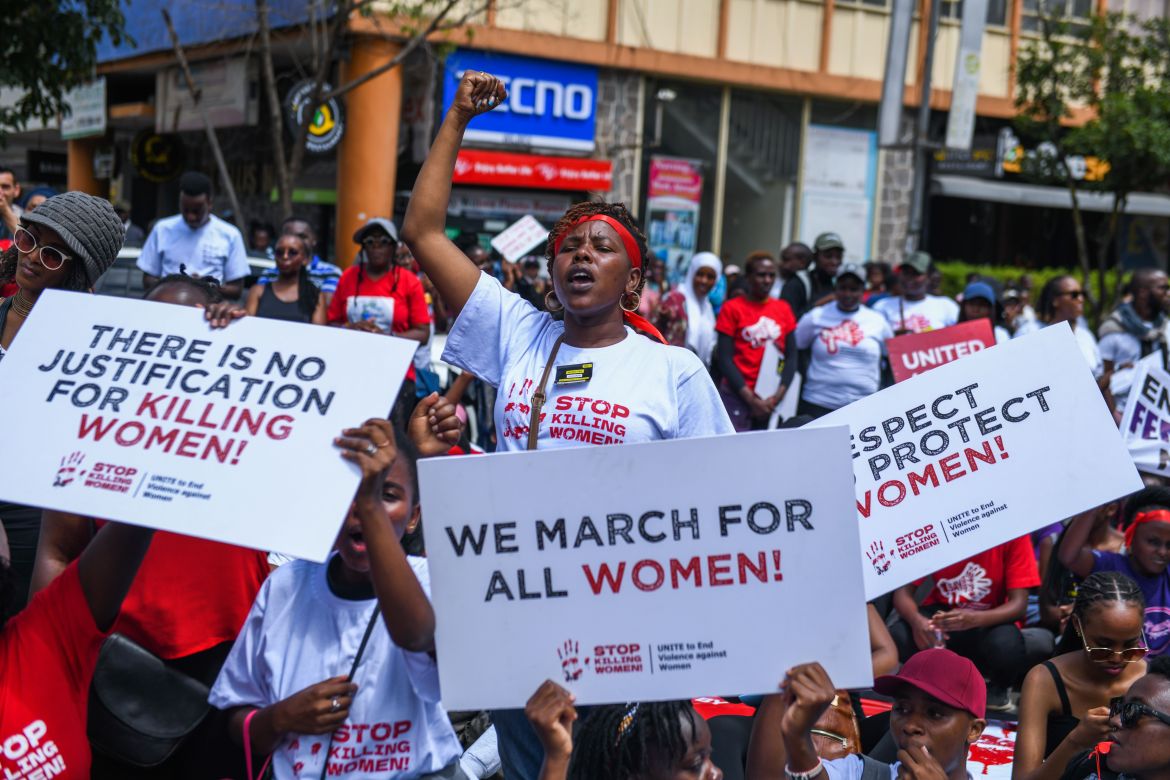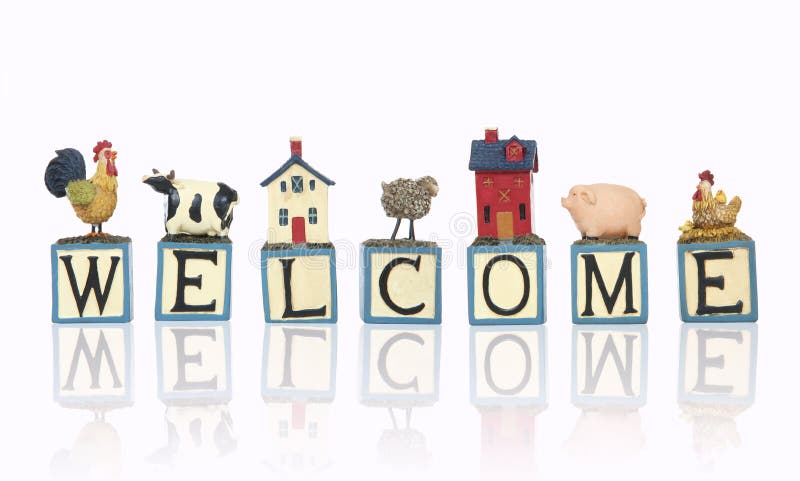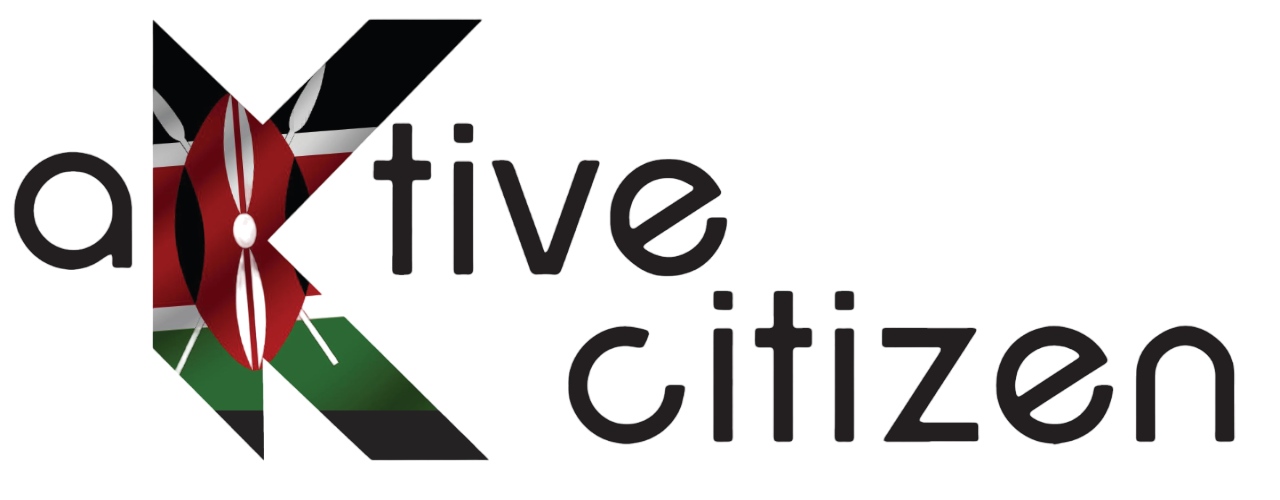Unseen Struggles: Navigating Life with Invisible Disabilities
Explore the challenges faced by individuals with invisible disabilities, such as chronic pain and mental health disorders. This article sheds light on misconceptions and barriers, advocating for greater understanding and support.
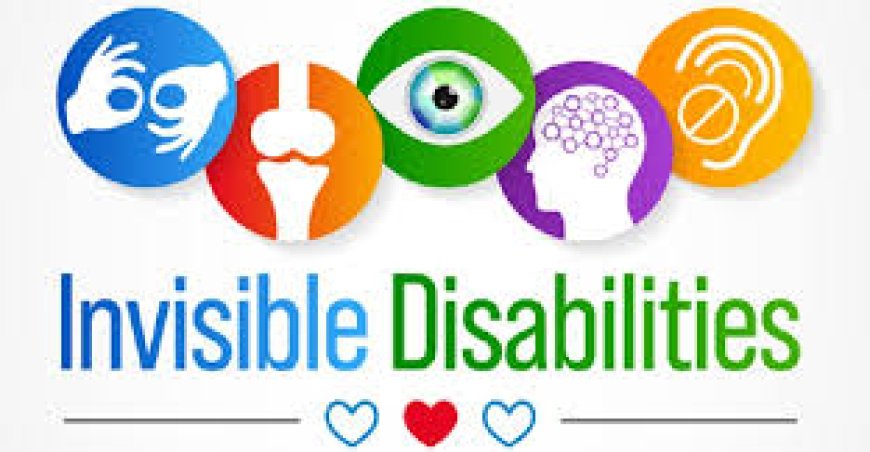
Imagine waking up every day feeling like you’re carrying the weight of the world on your shoulders, yet to the outside observer, you look completely fine. This is the reality for millions living with invisible disabilities—conditions that don’t manifest in obvious ways but profoundly affect daily life. From chronic pain to mental health disorders and autoimmune diseases, these unseen struggles come with their own unique set of challenges. So let’s dive into the world of invisible disabilities and shed light on the barriers faced by those who live with them.
Understanding Invisible Disabilities
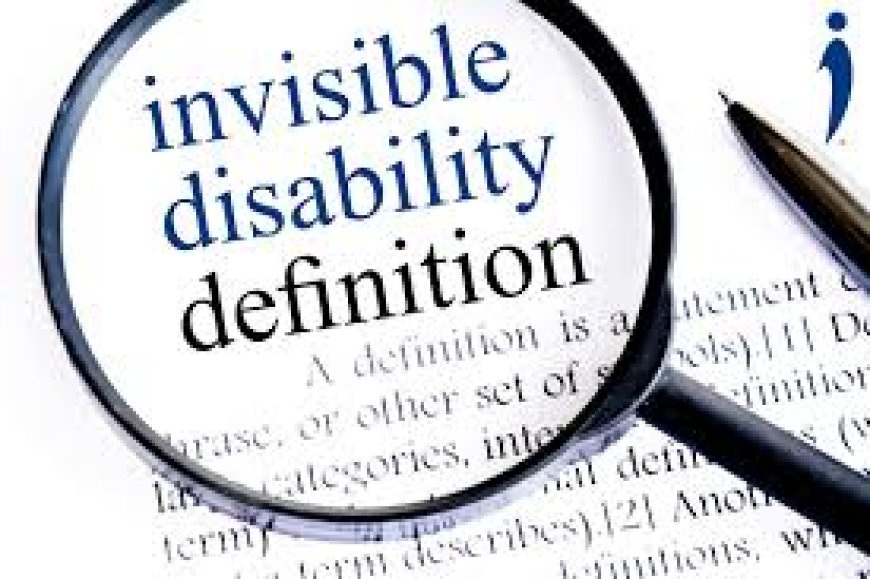
Invisible disabilities encompass a range of conditions that are not immediately apparent to others. Chronic pain conditions, like fibromyalgia or arthritis, can leave individuals grappling with discomfort that others cannot see. Mental health disorders, such as anxiety or depression, may manifest in behaviors or moods that are often misunderstood. Autoimmune diseases, like lupus or multiple sclerosis, might be invisible until flare-ups occur, yet they can significantly impact a person’s quality of life.
These disabilities can create a paradox: individuals often appear healthy and able-bodied on the outside, leading to misunderstandings about their experiences. This lack of visibility can lead to feelings of isolation and frustration, as they navigate a world that doesn’t always acknowledge their struggles.
Misconceptions and Stereotypes
One of the most significant barriers faced by individuals with invisible disabilities is the prevalence of misconceptions. Many people believe that if someone looks fine, they must be fine. This leads to phrases like “You don’t look sick,” which can be dismissive and damaging. Such comments can invalidate the lived experiences of those with invisible disabilities, making them feel unsupported and misunderstood.
Stereotypes also abound. For instance, those with mental health disorders might be unfairly labeled as “lazy” or “unreliable,” while individuals with chronic pain may be accused of exaggerating their discomfort. These stereotypes perpetuate stigma and can lead to discrimination in workplaces, social settings, and even within families.
The Barriers to Understanding and Support
Living with an invisible disability often comes with practical challenges. One major barrier is the lack of awareness and understanding among the general public. This can lead to a lack of accommodations in workplaces, educational institutions, and public spaces, making it difficult for individuals to thrive.
For example, someone with chronic fatigue syndrome may need flexible working hours or the ability to work from home. However, if their condition isn’t understood or acknowledged, their requests may be dismissed. Similarly, those with mental health challenges may struggle to find supportive environments where they can speak openly about their needs.
Healthcare access also poses challenges. Individuals with invisible disabilities often find themselves advocating for their own health needs, sometimes facing skepticism from medical professionals. This can lead to misdiagnosis or inadequate treatment, further complicating their conditions.
Fostering Understanding and Support
To create a more inclusive society, it’s crucial to foster understanding and support for individuals with invisible disabilities. Education plays a vital role; increasing awareness about these conditions can help dismantle stereotypes and promote empathy.
Employers can implement policies that prioritize mental health and well-being, such as flexible work arrangements and mental health days. Communities can create spaces that accommodate diverse needs, ensuring that everyone has access to resources and support.
Conclusion
Invisible disabilities may not be seen, but their impacts are real and far-reaching. By shedding light on the challenges faced by those living with these conditions, we can begin to foster a culture of understanding and compassion. It’s essential to listen, learn, and advocate for those whose struggles often go unnoticed. Together, we can build a more inclusive world where everyone, regardless of their visible or invisible challenges, has the opportunity to thrive.
What's Your Reaction?




















